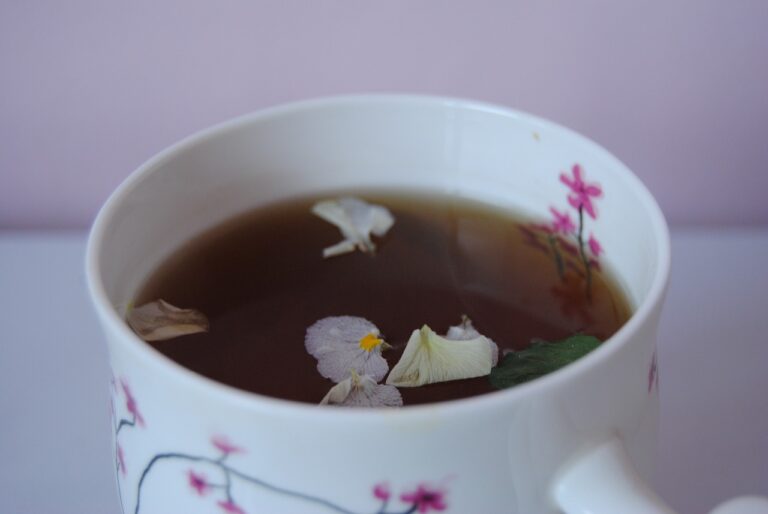Acupuncture: A Closer Look at Its Effectiveness for Various Health Conditions
Acupuncture is a traditional Chinese medicine practice that involves inserting thin needles into specific points on the body. These points are believed to be interconnected through channels known as meridians, which are thought to regulate the flow of vital energy, or qi. By stimulating these points, acupuncturists aim to restore balance and promote the body’s natural healing abilities.
This ancient practice has gained popularity in Western countries in recent years, with many people seeking acupuncture for various health conditions, including pain management, stress relief, and improving overall well-being. Acupuncture is often used in conjunction with other treatments, such as medication and physical therapy, to achieve optimal results. While the exact mechanisms behind how acupuncture works are not fully understood, many researchers believe that it may help stimulate the release of endorphins, the body’s natural painkillers, and promote blood circulation.
History and Origins of Acupuncture
Acupuncture, a key component of traditional Chinese medicine, has a rich history dating back thousands of years. Its origins are believed to have stemmed from ancient China, where it was first recorded in texts dating as far back as 100 BCE. The practice of acupuncture was born out of the belief that the body’s vital energy, known as Qi, flows along meridians, and the manipulation of specific points on the body can restore balance and health.
Over time, acupuncture spread beyond China’s borders and became a prominent healing modality in various Asian countries. Historical records indicate that acupuncture techniques were refined and expanded upon as they were passed down through generations of practitioners. The development of acupuncture continued to evolve, with different schools of thought emerging and contributing to the diverse range of acupuncture styles practiced around the world today.
Mechanism of Action of Acupuncture
Acupuncture is thought to stimulate the release of endorphins, which are natural pain-relieving chemicals produced by the body. When thin needles are inserted into specific points on the body, it triggers the nervous system to release these endorphins, helping to reduce pain and promote a sense of well-being. This mechanism explains why acupuncture is commonly used to treat various types of pain, such as headaches, back pain, and arthritis.
Additionally, acupuncture is believed to improve blood flow and circulation in the body. By inserting needles into acupuncture points, it can help dilate blood vessels and increase blood flow to areas that may be experiencing poor circulation. This enhanced circulation can help deliver more oxygen and nutrients to tissues, aiding in the healing process and promoting overall health and wellness.
– Acupuncture stimulates the release of endorphins, natural pain-relieving chemicals
– Helps reduce pain and promote a sense of well-being
– Commonly used to treat headaches, back pain, and arthritis
– Improves blood flow and circulation in the body
– Enhances delivery of oxygen and nutrients to tissues for healing
What is acupuncture?
Acupuncture is a traditional Chinese medicine technique that involves inserting thin needles into specific points on the body to promote health and alleviate pain.
How does acupuncture work?
Acupuncture is believed to work by stimulating the body’s natural healing response and promoting the flow of energy, or qi, along meridians in the body.
Is acupuncture safe?
When performed by a trained and licensed practitioner, acupuncture is generally considered to be safe with minimal side effects.
What conditions can acupuncture help with?
Acupuncture is commonly used to treat a variety of conditions such as pain, anxiety, depression, insomnia, and infertility.
How long does an acupuncture session last?
Acupuncture sessions typically last between 30 to 60 minutes, depending on the individual’s needs and the practitioner’s recommendations.
How many acupuncture sessions are typically needed to see results?
The number of acupuncture sessions needed varies depending on the condition being treated, but most people experience some relief after just a few sessions. It is common for a course of treatment to include multiple sessions over several weeks or months.







